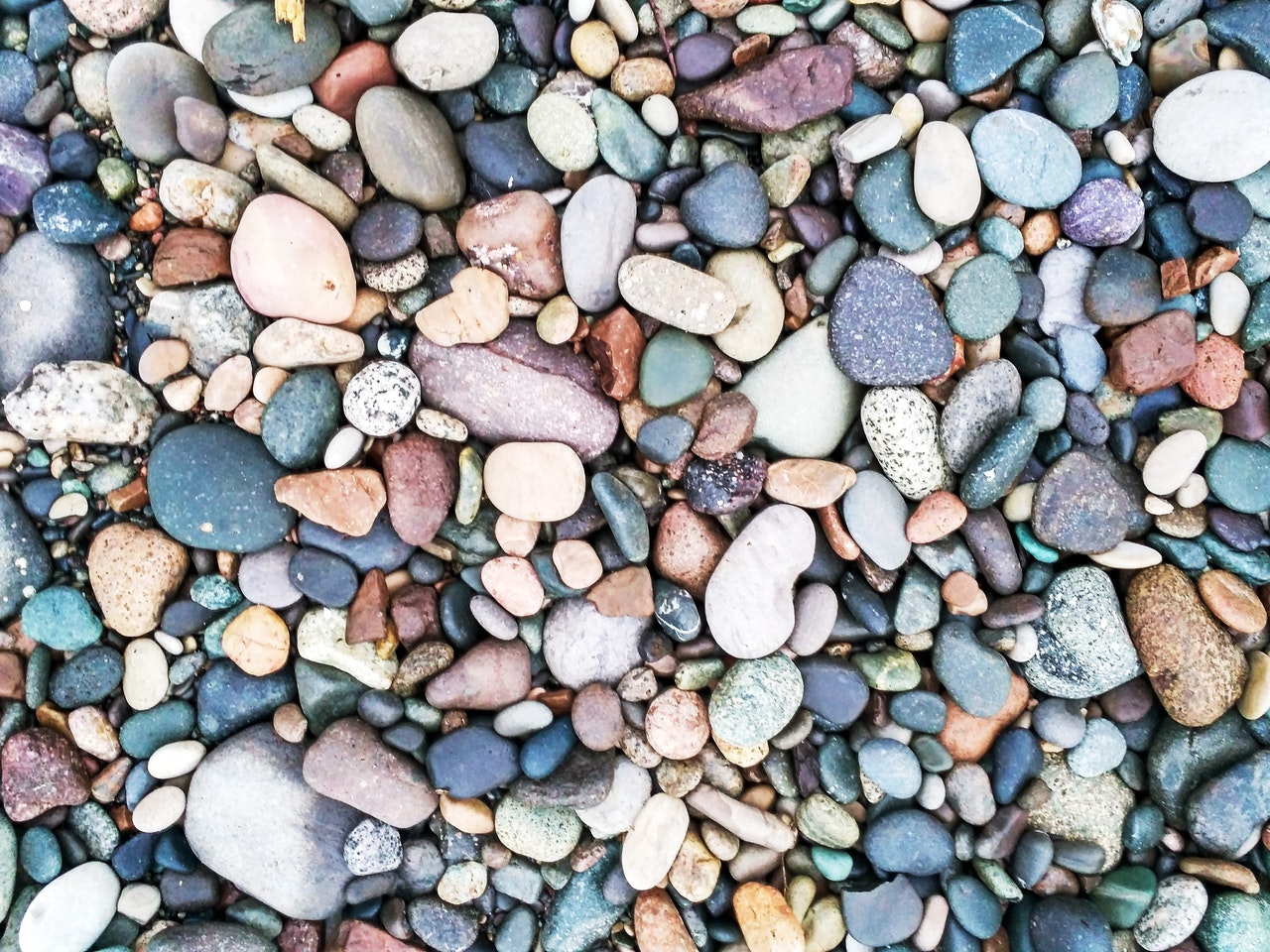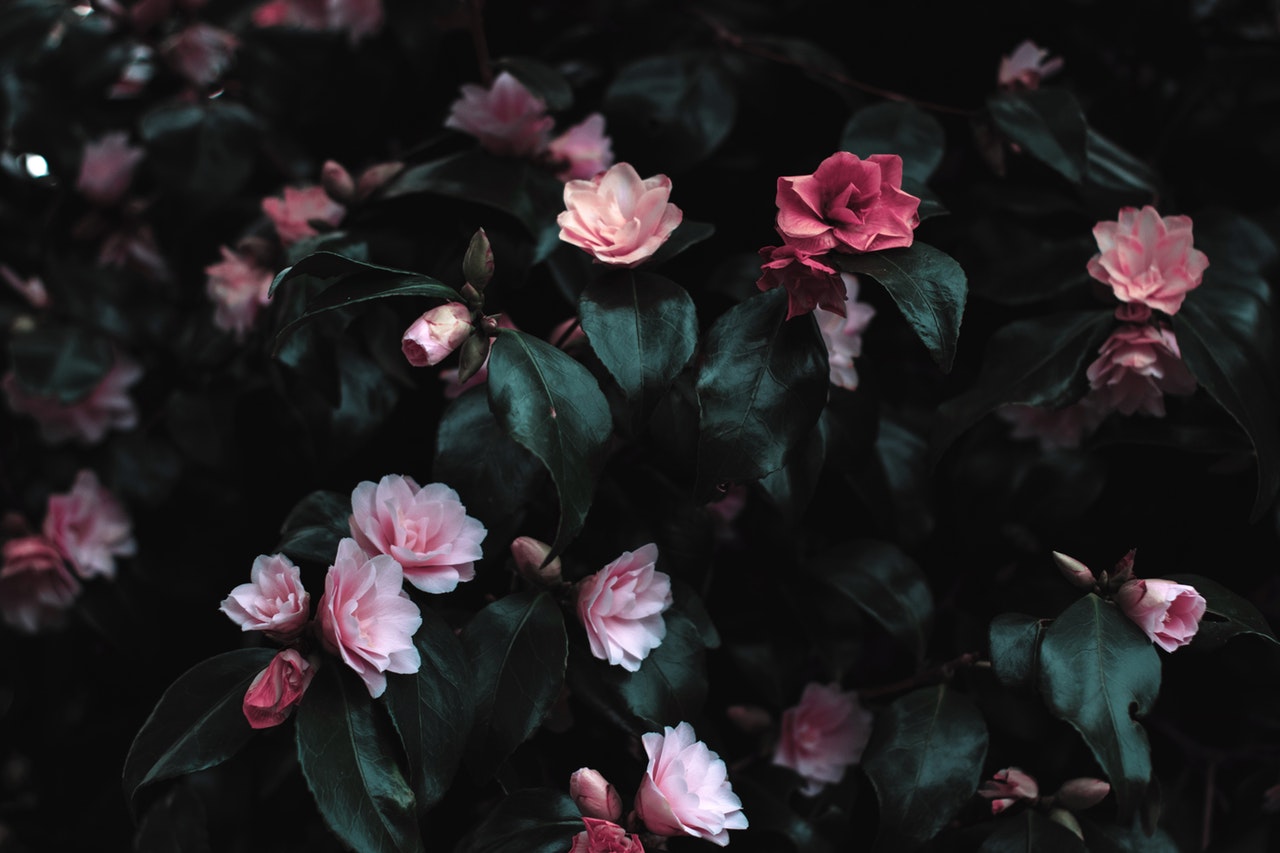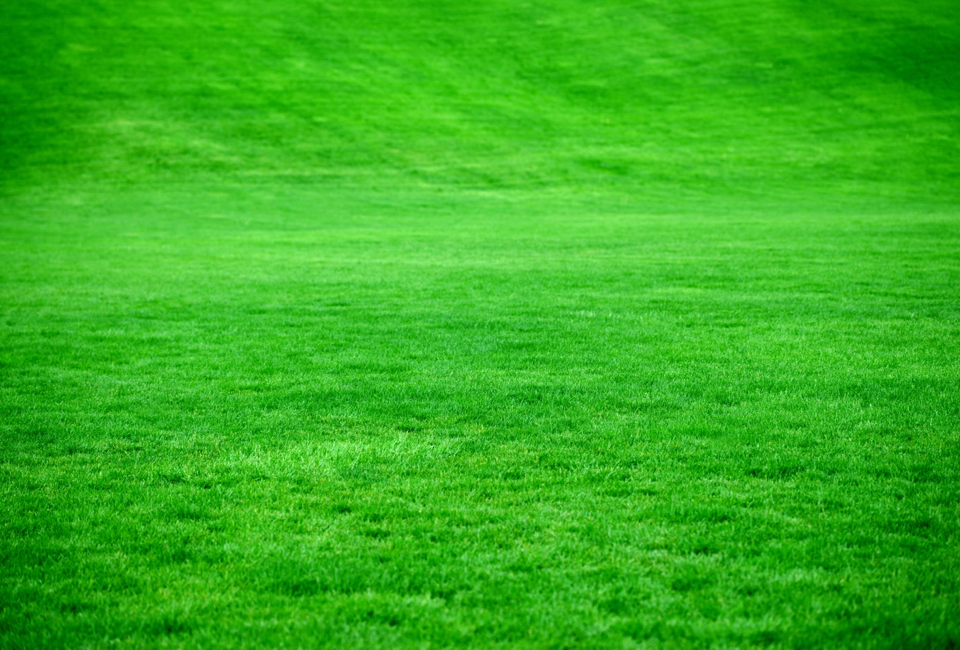
Beautiful Decorative Rocks to Incorporate in Your Yard
December 29, 2018
Choosing the Right Fertilizer for Your Plants
December 30, 2018Many homeowners have become increasingly aware of their environmental impact in recent years. That has many of us wondering what we can do to make our home landscape more environmentally friendly. The good news is that there are many simple steps you can do to minimize your impact on the environment. Plus, doing so does not mean you have to sacrifice the beauty of your yard. Here are some helpful tips to get you started:
Consider Xeriscaping
Having a waterwise landscape doesn’t mean you have to compromise on aesthetics. When done properly, xeriscaping is a great way to reduce your water use while still creating a beautiful outdoor space. Here in Southern California, there are many drought-tolerant plants that thrive in our climate throughout the year. Plus, much to the surprise of some homeowners, drought-tolerant plants can actually be colorful. As an added bonus, these types of plants typically require less fertilizer and other care.
The key to successful xeriscaping is to turn to native plants. There are many beautiful varieties of trees, shrubs, and even flowers that naturally grow right here in Southern California. Talk to your trusted landscaping expert for recommendations on the best native plants to use for your region. In addition to native plants, there are many different varieties of succulents that can add interest and color to your landscape. These varieties of plants require almost no watering.
Besides being waterwise, another reason why you should consider native plants is because of their lifespan. You will find many varieties of plants at your local hardware store that are not native to this region. While it is possible to grow them here, it is more difficult. Using non-native plants typically means you will have to water and fertilize them more often. Even then, there’s a good chance that they won’t survive as long as a native plant will. That means you will have to spend more money replacing your plants over time.
If cost is a concern, you’ll be happy to learn that native plants, cacti, and succulents can be surprisingly affordable!
Cycle Your Lawn
Ideally, if you really want to commit to having an eco-friendly yard the first thing to go should be your grass lawn. However, it’s understandable that this is easier said than done for many homeowners. Perhaps you’re simply not willing to compromise on the look of a beautiful green lawn. Or maybe you have pets or small children and you really want them to have a grass yard to spend time in. Whatever the case, there are ways you can make your grass more eco-friendly. One of those ways is by lawn cycling.
If you’ve never heard of lawn cycling, the good news is that it basically means less work for you! Lawn cycling is the practice of leaving grass trimmings behind rather than collecting them in the bag of your lawn mower or raking them up. Instead, you leave the grass trimming on your lawn so they can act as a natural mulch.
How does this help minimize your environmental impact? Using your grass trimmings as mulch will re-introduce valuable nutrients into your lawn, meaning you will have less need to fertilize. What’s more, grass trimmings can act as a barrier to weeds, which will minimize your need for pesticides.
Collect Rainwater
Collecting rainwater is a great way to keep your plants watered while minimizing your need to use valuable potable water. Even though we only really get rain during certain times of the year, you would be surprised to see just how many gallons of rainwater you can collect during rainy months. Rain barrels are readily available at most hardware stores and online. You may even want to check to see if your city offers rebates to pay you back for your rain barrel purchase.
There are a few important things to know before you get started collecting rain. First, don’t forget to use your stored rainwater! It may seem simple, but many homeowners will forget to make use of their stored rainwater. As a result, their barrels fill to capacity and they lose out of some possible water savings. Another reason why it’s so important to use your collected rain is that standing water can be an invitation to mosquitos.
Use the Right Soil
There are many areas in your yard where you will need to add topsoil for your plants, shrubs, and trees. Make sure you work with your trusted landscaping supply provider to establish what type of topsoil is right for you. The right topsoil will allow your plants to thrive without the need of overwatering. What’s more, quality topsoil can actually retain moisture longer than cheap planting medium.
Be Cautious About Pesticides
Ideally, avoid pesticides completely if possible. There are millions and millions of pounds of harmful chemicals used in American yards each year. Many of these products have been proven to cause adverse health issues in both people and animals. Herbicides and pesticides can get into natural streams and groundwater supplies where they can spread throughout your local ecosphere.
The truth of the matter is that, in many cases, it is possible to avoid using chemicals in your yard altogether. First, you should start with quality topsoil. From there, there are plenty of natural soil amendments and additives you can use to help your lawn and garden flourish without the use of pesticides and herbicides. Natural fertilizers can also help ensure that your plants are strong enough to ward off any pests that may come their way.
By giving your landscape its best possible start, you will likely find that you never have to turn to harmful chemicals to keep your plants alive. For the largest selection of topsoil, mulch, and soil amendments, come into Cal Blend Soils. Our staff is always standing by to help you find everything you need for a healthy, eco-friendly landscape.


